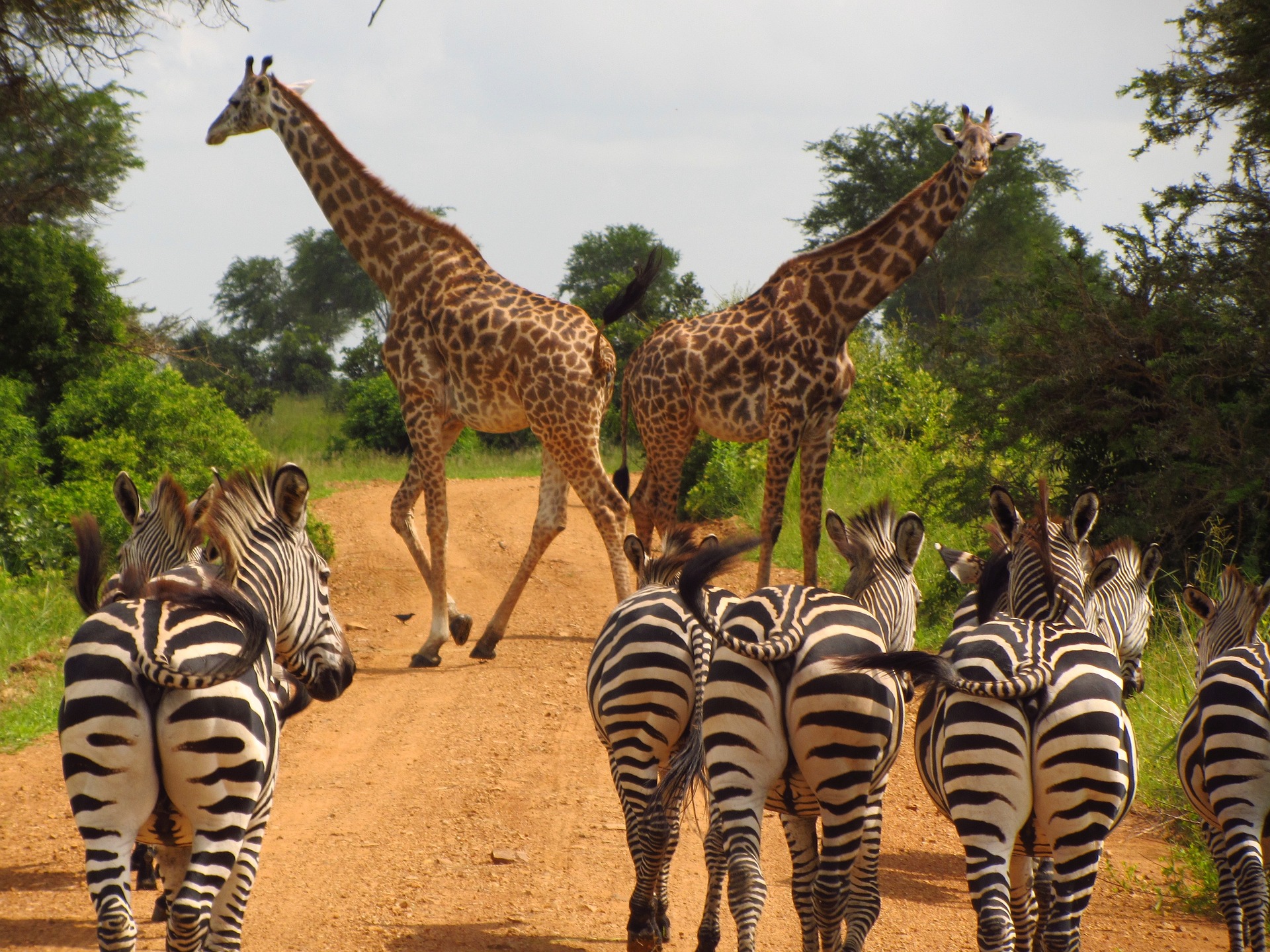Giraffes
Welcome to !giraffes! We're all about the tall tales, the high life, and spotting the fun. Neck puns welcome. Stay lofty!
(Okapi enthusiasts are welcome, too!)
!giraffes basic rules:
-
On-Topic Neck of the Woods: Keep your posts about giraffes or okapis. Veering off-topic will have your post grazing elsewhere.
-
Tall Order of Respect: Don't be the low branch in our canopy of kindness. No bull(y)ing in our savannah.
-
Illegal Spots are a No-No: Post only legal, safe content. If it's shady under your acacia tree, it's not for us.
-
Don't Be a Repeat Grazer: No spam or misleading content. Stick to the fresh leaves of truth.
-
Legitimate Herd Shop: Giraffe and okapi merch is welcome from verified sellers. Phony sellers will be stampeded out.
-
Keep it G-Rated: This is a kid-friendly watering hole. Keep content as clean as a freshly groomed giraffe.
-
Stand Tall Against Rule Breakers: If a post sticks out like a giraffe at a penguin party, report it to the mods.
-
Mods with a Long Reach: Moderators will reach out and remove content that doesn't mesh with our savannah.
-
Stay Adaptable: Rules may grow like a giraffe's neck. Stick around and you agree to adapt with us.
-
Artificial Giraffes Get the Brush Off: We want to see the wild beauty of actual giraffes, not the pixelated pretenders. AI generated giraffe images are a giraffe's gallop away from reality, and won't be roaming our savannah. Keep it real, keep it giraffe.
